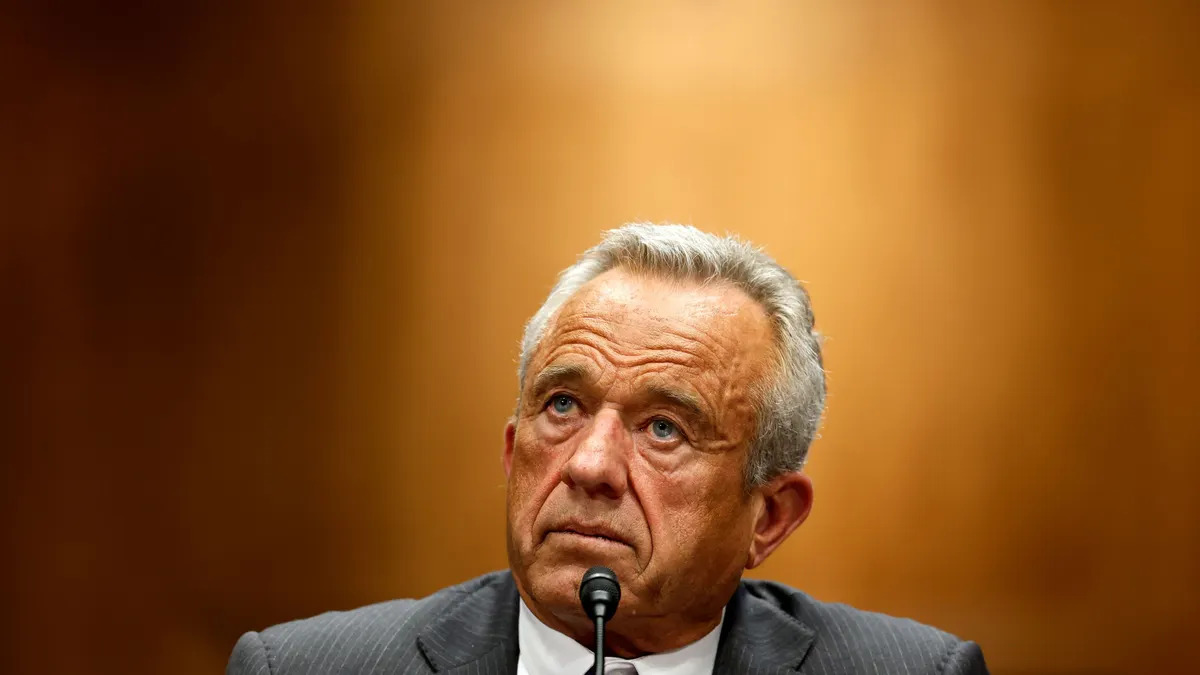Dive Brief:
- Healthcare bankruptcies dropped to a three-year low during the second quarter of 2025, according to a new report from Gibbins Advisors. Just seven companies with at least $10 million in liabilities filed for Chapter 11 protections, compared with 14 in the same period last year.
- The restructuring advisory firm predicts there will be 16% fewer filings this year compared to 2024, as less large healthcare companies and providers declare bankruptcy.
- However, the dip may be short lived. Challenging market conditions, including impacts from cuts to Medicaid, could hit providers’ bottom lines as early as 2026, potentially spurring a new wave of bankruptcies, according to Gibbins.
Dive Insight:
The results follow two quarters of heightened healthcare bankruptcy activity, including 19 filings during the fourth quarter of 2024 and 17 filings in the first quarter of 2025. Hospital and physician practice bankruptcies were elevated during that time, with eight and six companies filing, respectively, according to the report.
However, in the second quarter, there were zero provider bankruptcy filings, according to Gibbins’ analysis.
Instead, the lion’s share of the seven healthcare filings came from pharmaceutical companies, with five filing for bankruptcy during the quarter. One medical supply company and one senior care company also declared bankruptcy during the period.
Still, the report is not a reason for optimism about the sector’s financial health, Gibbins analysts said. Providers in particular have been hit hard by policy changes in Washington, including the introduction of tariffs on critical supplies and general market volatility. Looming Medicaid cuts are likely to spell future trouble.
“The unprecedented funding cuts in the One Big Beautiful Bill Act are deeply troubling for the future of healthcare,” said Clare Moylan, principal at Gibbins Advisors, in a statement. “Hospitals serving vulnerable communities — especially those with high Medicaid populations and dependent on supplemental payments — face the greatest risk.”
President Donald Trump signed the “One Big Beautiful Bill Act” into law on July 4, following significant pushback from hospital lobbyists and nonpartisan analysts.
The sprawling legislation cuts roughly $900 billion from Medicaid over a decade, in part through creating work requirements, which will kick in at the end of 2026.
Ten million additional people are expected to become uninsured by 2034 under the law, according to an analysis published last month by the Congressional Budget Office.
Hospitals have expressed concern that this will weigh on their bottom lines, as uncompensated care costs rise. Meanwhile, enhanced premium tax credits are also set to expire at the end of 2025, resulting in an additional 5.1 million people losing coverage if lawmakers don’t renew them, according to the CBO.
The legislation also limits provider taxes beginning in 2027 — a huge ding to provider revenue, especially in expansion states.
Providers will contend with these challenges as they navigate yearslong problems, including staffing shortages, payer disputes and volatile markets.
Healthcare companies most able to weather the storm will critically review their budgets for waste, adjust workflows to leverage automation or outsourcing and focus on efficient supply chain management, said Gibbins.












